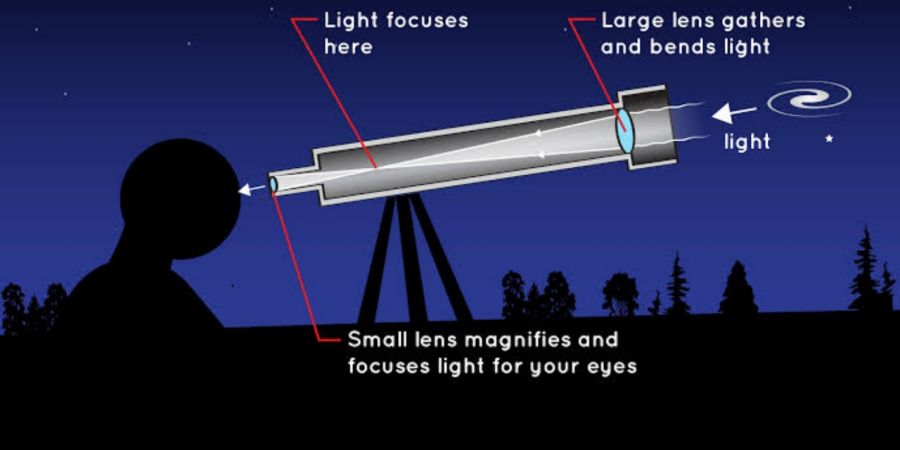

Telescopes are like portals into the cosmos. We will study the solar system and observe star conjunctions using telescopes. Not just that, but telescopes help us become more acquainted with the different planets, galaxies, stars, and asteroids that we only see in books and magazines.They serve as a means of bridging the gap between humans and the rest of the universe. We owe something to the telescopes because the universe is no longer a mystery that lies beyond our grasp.
Modern telescopes come with a plethora of components, and it is with the help of these accessories that it becomes even easier to put the telescopes to their proper use.Let's look at some of the most important attachments that go well with telescopes and are a "must-have" for most users: -
Filters are very important for telescope users because they minimise reflection on the eyepiece and scatter the sun, making it easier for us to see distant stars.
The eyepiece is a critical component of a telescope, and its absence will make it useless. Eyepieces come in a range of sizes, and if you add more than one to your telescope, you'll be able to see both the tiniest and faraway details in crystal clarity.
Mounts are telescope stands. The telescope is supported by a mount. Since a telescope would not perform well in earthquakes, it should be mounted on a stable frame.
Barlow lens- A Barlow lens is used to magnify telescopes. These lenses come in a variety of sizes, and we must be careful to choose the one that best suits the eyepiece.
There are two kinds of telescopes: refractor telescopes (Galileo) and reflector telescopes (Newton). The focal lens of a refractor telescope bends light into the eyepiece. The reflector telescope, on the other hand, employs a mirror that absorbs light and channels it into the eyepiece.
Though both refractors and reflector telescopes are widely available on the market, we should keep the following points in mind before purchasing a telescope.
Do not be taken under by the magnificence of the telescopes. This is due to the fact that magnification is useless if it only provides big , hazy photographs.
Aperture- This is the most important factor while deciding on a telescope. Aperture is the opening that collects light so its important to choose a telescope with a larger aperture that will ensure a clearer and a more detailed image quality.
Resolution- This enables the telescopes to produce a more detailed image. So always opt for a telescope, which has a higher resolution. Furthermore, since resolution is determined by the aperture, the wider the aperture, the better the resolution.
The focal length is the difference between the optical centre of the lens or mirror and the optical centre of the eyepiece. In telescopes, the focal length defines the magnification. Greater magnification is implied by longer focal lengths.
If we consider the above points, choosing a telescope the next time we choose to buy one for ourselves would be a breeze.






















